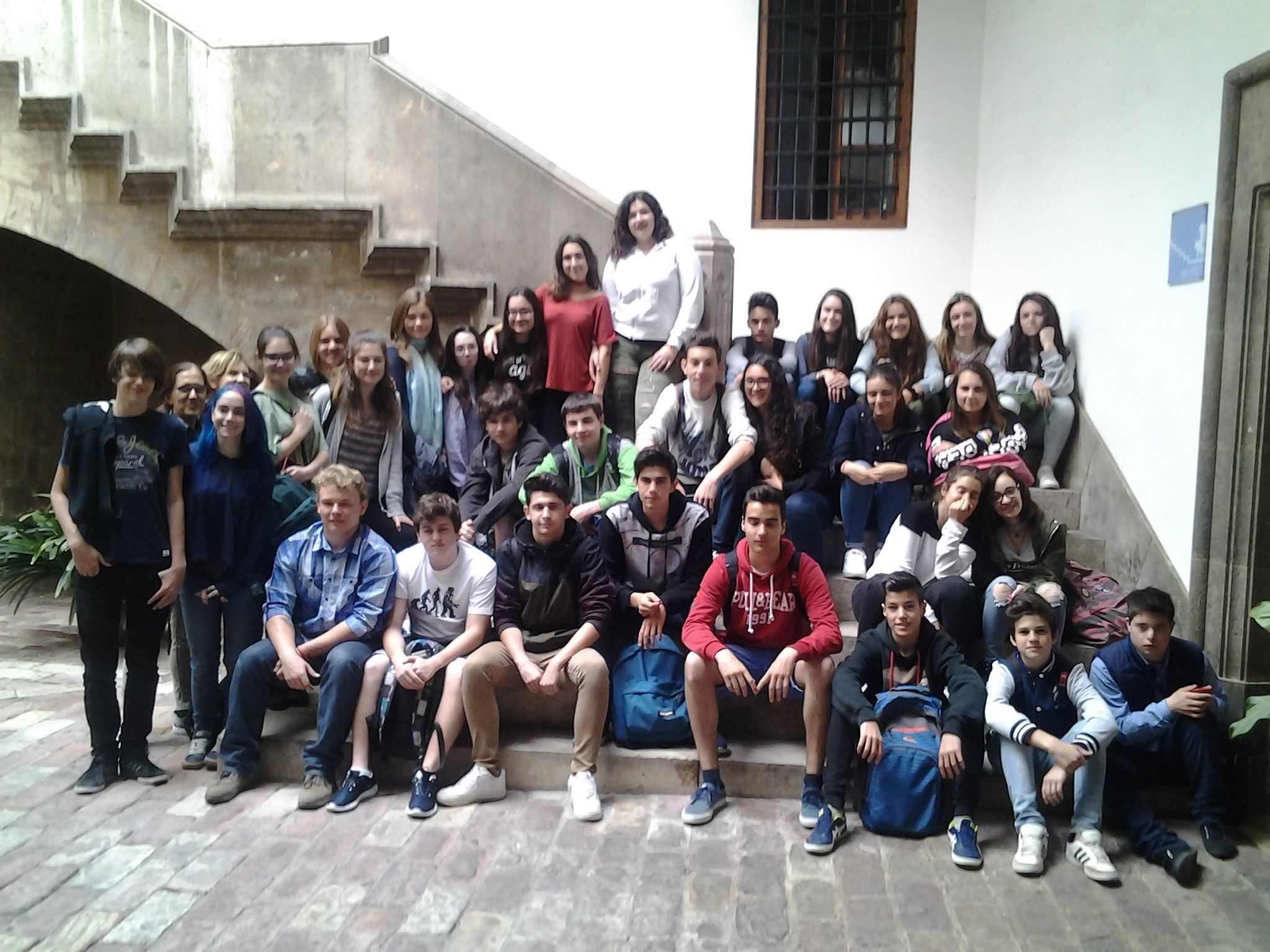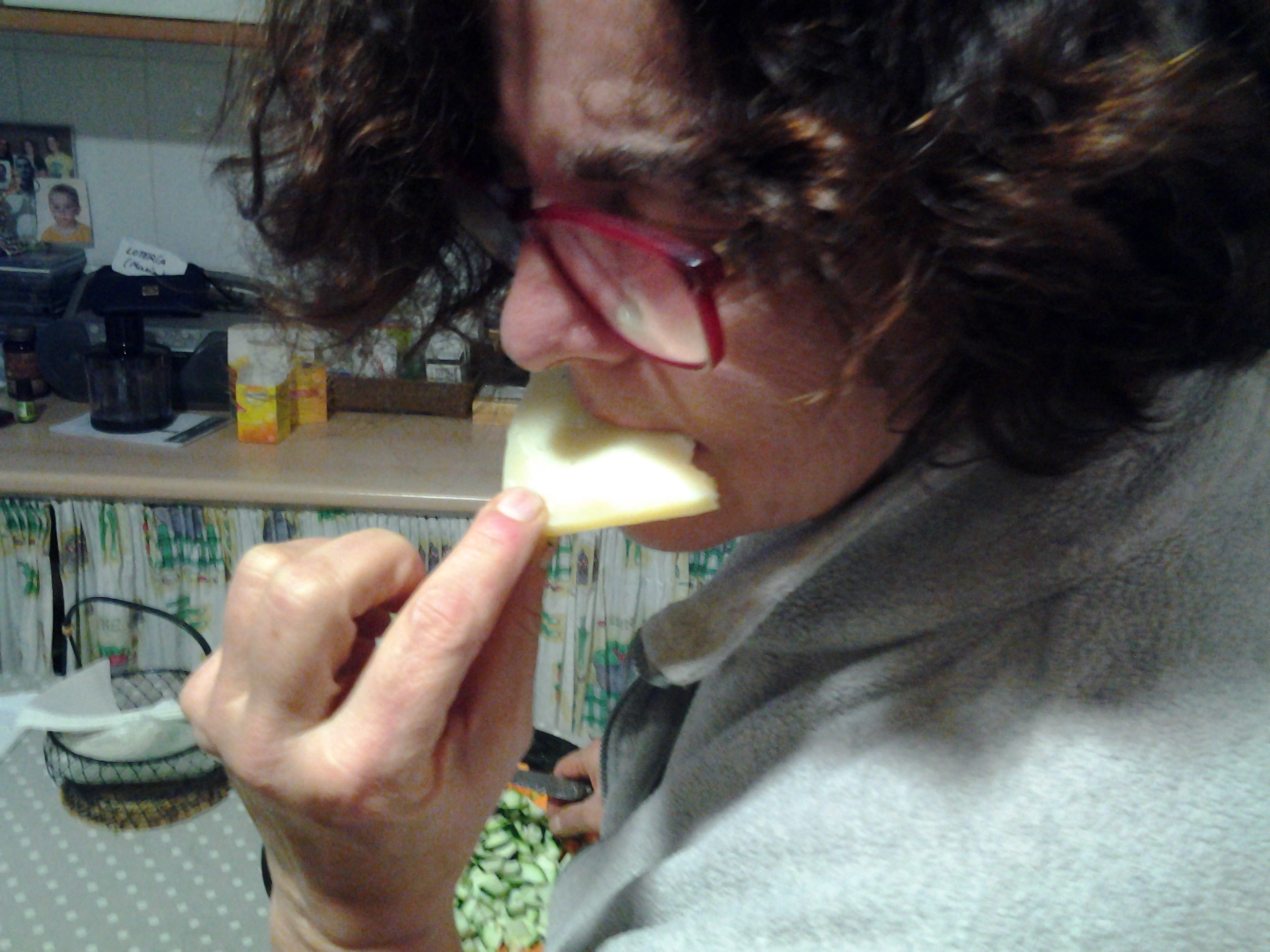The Boy Who Stole A Million
In 1960 a British film crew visited Valencia in Fallas to make a curious film in which we can see the way the city was back then.
Charles Crichton, the man who would later direct John Cleese’s ‘A Fish Called Wanda’, made a curious film in Valencia in 1960 called ‘The Boy Who Stole a Million’, for which he also wrote the screenplay.
It is set in Valencia and concerns a young boy working in a bank, who steals money (hence the title) to help get his father’s taxi back.
He is then chased all over the place, particularly through Valencia’s world famous Fallas Festival, which culminates on 19th March with an orgy of fire and fireworks. At one point in the film, the thief (or hero if you prefer) appears in Valencia’s Plaça dels Furs at the climatic moment of the ‘Cremà’, when all the giant models in the city are burnt. Behind the bonfire we can see one of the two historic gates to the city, the Tower of Serranos, where El Cid attacked when he conquered Valencia in the 11th century.
The Fallas festival in question was that of 1958, known at the time as the ‘Fallas of Gratitude’, in which the city offered thanks to the other regions of Spain for their solidarity in confronting the devastating effects of the flood of 1957. There is a monument commemorating the flood in Avenida Aragon, the same street where Valencia Football Club’s stadium is situated. When I first arrived in Valencia, I thought this monument might be a homage to the Valencian coat hanger industry or an imitation of Excalibur stuck into the ground by some angry customer. In fact it is supposed to be dedicated to the memory of those who perished during the flood of 1957, one that many older Valencians still remember to this day.
The film begins with an aerial view of the city, in which the River Turia is prominent, although now the entire river bed is a lush park full of joggers and cyclists. Next we can see people in the nearby Viveros Park, after which we are introduced to the boy, Paco and his dog Pepe. Paco works in the Banco Nacional, known as La Casa del Xavo, on the corner of Calle San Pablo and Avenida Marqués de Sotelo.
Around the corner in what is now the Town Hall Square (Plaza del Ayuntamiento) Paco’s father’s taxi breaks down while picking up a passenger who wants to go to the station. In fact the station is only 50 metres away, but Hollywood is Hollywood, even when it’s Valencia.
Paco ‘borrows’ a million pesetas from the bank and the chase is on. There is a surprising appearance by famous British actor Warren Mitchell, as Pedro, who reveals drunkenly to the local underworld that a little boy is running around town with a million. One of the locations we see him stumbling around in front of is the Farmácia San Jaime 49, now the Café San Jaime, one of Valencia’s most popular bars in the medieval Carmen district in Plaza Tossal.
In the following scenes we see Calle Paz with the Santa Catalina church tower at the end, and then travel out to the beach where the Malvarrosa tram enables Paco to escape his pursuers.
The pursuit takes in many of the city’s landmarks, such as the two remaining gates to the city, the Towers of Serrano and Quart (the latter pockmarked by Napoleon’s cannons from the early 19th century siege), and several of the old bridges over the river.
On two occasions we see the historic La Llonja, the medieval silk exchange, once when buying cheese and a second time when Paco hides from a malevolent knife grinder, next to a blind beggar.
There is also a visit to the Plaza Redonda (which you could translate as ‘Round Square’, but you’d sound a little bit silly), famous for its haberdashery stalls, where Paco is separated from the faithful Pepe.
The Plaça dels Furs behind the Torres de Serranos is repeatedly visited, and it is here that Paco is given a ‘churro’, a typical Valencian snack, by a kind lady.
After losing the stolen money in a rubbish truck, Paco meets another boy at a rubbish dump and they visit the boy’s home at the gipsy houses known as the ‘coves de Benimàmet’.
The action moves back to the centre, first of all to the Hotel Astoria, one of Valencia’s most traditional hotels in the Plaza Rodrigo Botet, where the villains start to close in, and then as the Fallas festival gets into full swing, we are once again in Plaça dels Furs as Paco runs under the Torres de Serrano, which magically become the inside of a Cathedral.
Meanwhile Paco’s father recuperates his taxi in the square known locally as the Plaza de los Patos, because of its duck statues, but which is really Plaza San Vicente Ferrer, patron saint of the city. It is here that the father discovers romance with the lovely Maria (all Spanish girls were called Maria in this epoch, which led to much confusion).
Finally the father finds his son down at the docks and beats off the villains, returns the money to the bank and indubitably lives happily ever after; unlike the baddies who are to be seen disconsolately grinding their organs again in Viveros Park.
The child star of the film, ‘Paco’, was Venezuelan actor, musician and diplomat Maurice Reyna, who worked at the Venezuelan embassy in Japan before retiring.
Maurice wrote to VLC News: “It’s great to have news of ‘Paco’ after all these years. I don’t have a copy of this film, maybe because DVDs didn’t exist then. After shooting on location in Valencia, I went back to England, where I was living with my family. I made a couple of films (only bit parts) of which the most outstanding was one with Peter Sellers, “I Like Money”.
After leaving boarding school in Midhurst, Sussex, my whole family moved to Spain and later back to Venezuela (we are Venezuelan), I pursued a musical and acting career and have been in several films and have written the score to more films than I have acted in. I became President of SACVEN (Authors & Composer’s Society of Venezuela), and later was elected President of the Venezuelan Film Institute, which depends on the Ministry of Culture. I went from there to our Foreign Office (Ministry of External Relations) and served in Brazil and the English speaking islands of the Caribbean. For the last four years I have been the Cultural Attaché to the Venezuelan Embassy in Tokyo. Right now I am currently taking a few days off in Cambodia and Vietnam, after the big earthquake and tsunami. I am in the Tohoku-Pacific area of Japan, and was extremely surprised to get your incredible email.
One of the most interesting things while shooting was in the gipsy quarter when I am with Currito trying to get away from the blind man and we had to shoot it several times because of the night setting in, and the crew had to set up artificial lightning and the whole scene had to be changed. I can’t remember very much as it was more than 48 years ago. Another time we had difficulty with the dog; he didn’t want to have anything to do with the Fallas and the fireworks.
The scene at the pier was the most dramatic part and my ‘dad’ and the girlfriend (Marianne Bennet) were very helpful with my acting. On the whole Valencia was a calm and pleasant city with little traffic and nice people (I’m sure the people are still very nice) and the food was wonderful, especially the fish and mariscos… (not many kids my age liked fishy food but I loved it)
I remember at the Hotel I had egg sandwiches with apricot juice: a taste I still remember today!!!
Also I had a lot of fun with ‘Miguel’ the mechanic.
Currito is Kurt Christian and we became friends after that experience, in London. Last time I was in Valencia was in 1992 (500th celebration of Cristobal Colon arriving in America and Sevilla world fair) I drove through from Malaga on my way to Barcelona.
Valencia was very much changed, from what I could remember, but the food was superb, as always!!! There’s not much I can remember, I’m afraid… as I was only 12 when the film was made and now I’m 62. (Wow!!! it was 50 years ago…). I really would like to get a copy of the film and re-live the good moments (and less good, like the very long hours of filming) but wonderful experience that was to be in Valencia at that time”.
Incredibly the film cannot be bought in Valencia, only on the Internet.












One Response to The Boy Who Stole A Million